
Every Friday Book Beginnings on Friday is hosted by Gillion at Rose City Reader where you can share the first sentence (or so) of the book you are reading. You can also share from a book you want to highlight just because it caught your fancy.
I like the title of this Barbara Vine crime novel – King Solomon’s Carpet. It refers to the legend of King Solomon’s magic carpet of green silk which, as it could fly and brought everyone to their destination, is likened to the London Underground. This is one of my TBRs and it’s been sitting on my bookshelves for 12 years! It’s about time I read it …

The Book begins:
A great many things that other people did all the time she had never done. These were the ordinary things from which she had been protected by her money and her ill-health. She had never used an iron nor threaded a needle, been on a bus nor cooked a meal for other people, earned money, got up early because she had to, waited to see the doctor or stood in a queue.

Also every Friday there is The Friday 56, hosted by Freda at Freda’s Voice, where you grab a book and turn to page 56 (or 56% of an eBook), find one or more interesting sentences (no spoilers), and post them.
Page 56:
When the coffee came Tom said she could come and live at Cambridge School if she liked.
‘A school?’
‘It used to be. It’s just a house now where people rent rooms, only the rent’s very low. There’s a room free now Ollie’s going. I asked the man who owns it and he said you could have the Headmaster’s Study’.
Synopsis from Amazon UK:
Jarvis Stringer lives in a crumbling schoolhouse overlooking a tube line, compiling his obsessive, secret history of London’s Underground. His presence and his strange house draw a band of misfits into his orbit: young Alice, who has run away from her husband and baby; Tom, the busker who rescues her; truant Jasper who gets his kicks on the tube; and mysterious Axel, whose dark secret later casts a shadow over all of their lives.
Dispossessed and outcast, those who come to inhabit Jarvis’s schoolhouse are gradually brought closer together in violent and unforeseen ways by London’s forbidding and dangerous Undergound . . .
Barbara Vine: A pseudonym used by Ruth Rendell
Ruth Rendell created a third strand of writing with the publication of A Dark Adapted Eye under her pseudonym Barbara Vine in 1986. Books such as King Solomon’s Carpet, A Fatal Inversion and Anna’s Book (original UK title Asta’s Book) inhabit the same territory as her psychological crime novels while they further develop themes of family misunderstandings and the side effects of secrets kept and crimes done. Rendell is famous for her elegant prose and sharp insights into the human mind, as well as her ability to create cogent plots and characters. Rendell has also injected the social changes of the last 40 years into her work, bringing awareness to such issues as domestic violence and the change in the status of women. (Fantastic Fiction)
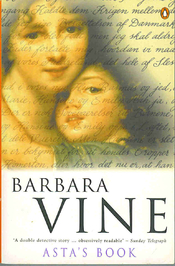 What an amazing book is Asta’s Book by Barbara Vine*. It was published as Anna’s Book in the USA. I loved
What an amazing book is Asta’s Book by Barbara Vine*. It was published as Anna’s Book in the USA. I loved 
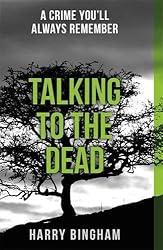
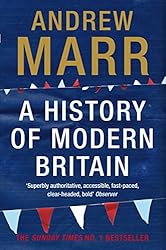 I’m still reading Andrew Marr’s
I’m still reading Andrew Marr’s 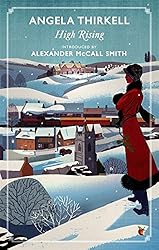 The last book I read was
The last book I read was 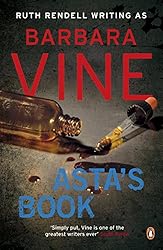 Blurb:
Blurb:



